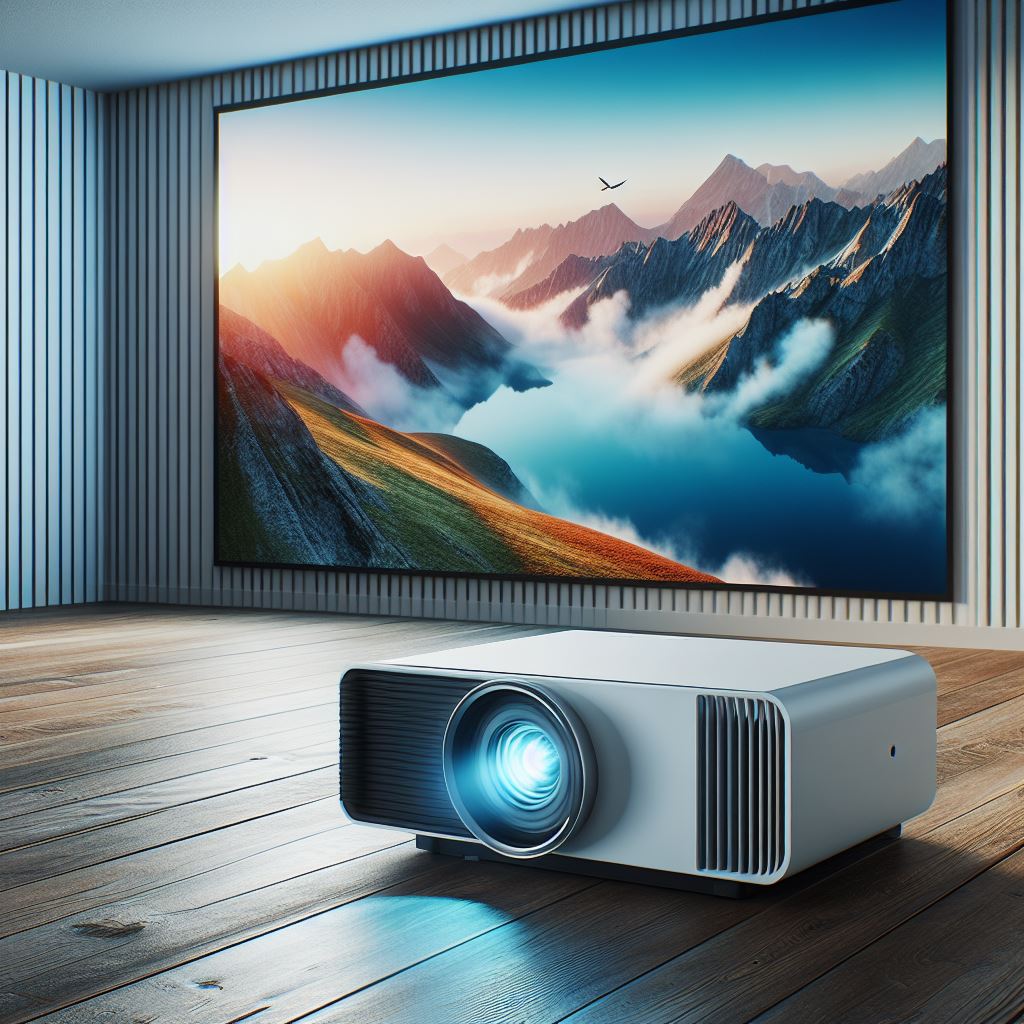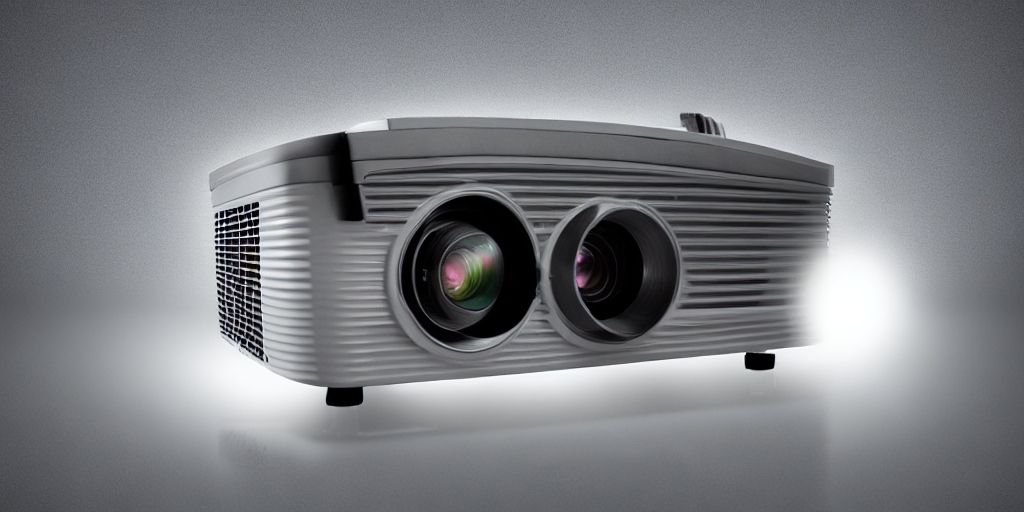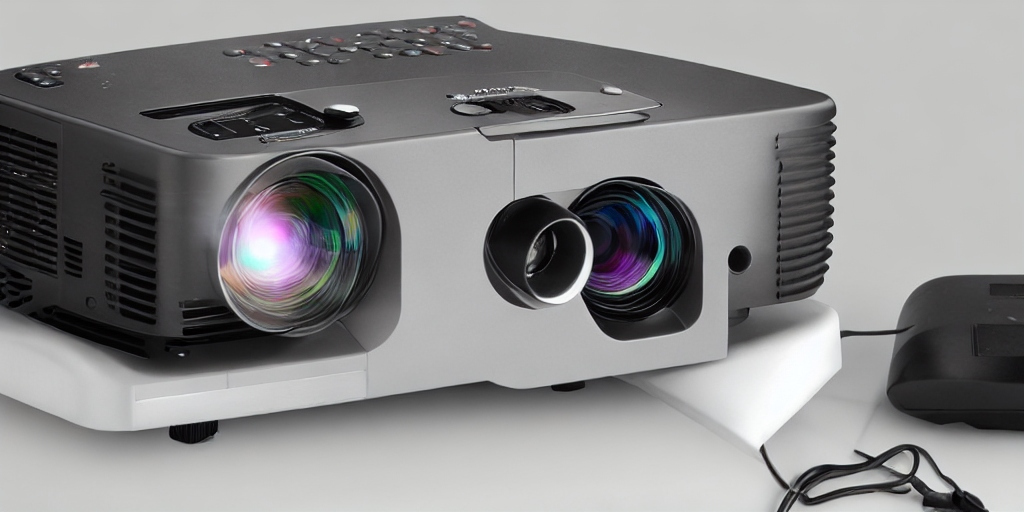The Role of MLCC in Projector

Multilayer Ceramic Capacitors (MLCCs) are essential components in the circuitry of modern projectors, playing a crucial role in ensuring their reliable performance. These tiny, yet powerful capacitors are integral to various aspects of projector functionality, from power supply to signal processing and lamp control.
MLCCs are favored for their high capacitance density, which allows them to store large amounts of electrical energy in a compact form. This is particularly advantageous in projector design, where space is often limited. Additionally, MLCCs offer low Equivalent Series Resistance (ESR), which means they can charge and discharge rapidly, making them ideal for handling the fast-changing currents required in projector circuits.
Moreover, MLCCs are known for their stability over a wide range of temperatures, ensuring consistent performance even in challenging operating conditions. This reliability is crucial in projectors, where consistent and high-quality performance is expected.

MLCC Applications in Projectors
Multilayer Ceramic Capacitors (MLCCs) play a critical role in various aspects of projector design and functionality. These versatile components are used in several key applications within projectors, contributing to their overall performance and reliability. Here are some common applications of MLCCs in projectors:
Power Supply Filtering: MLCC is used in power supply circuits to filter out noise and stabilize the voltage. They help ensure a clean and stable power supply to other components in the projector, preventing malfunctions and ensuring consistent performance.
Signal Processing: MLCCs are used in signal processing circuits to store and release electrical energy, aiding in the smooth transmission of signals within the projector. They help maintain signal integrity and reduce signal distortion, ensuring high-quality image and sound output.
Lamp Control: MLCCs are used in lamp control circuits to regulate the power supplied to the projector lamp. They help stabilize the lamp’s operation, prevent flickering, and ensure consistent brightness levels, enhancing the viewing experience.
Timing Circuits: MLCCs are used in timing circuits to control the timing of various operations within the projector. They help synchronize different components, such as the display panel and the lamp, ensuring seamless operation.
Temperature Compensation: MLCCs with stable temperature coefficients are used in temperature compensation circuits within projectors. They help maintain the performance of the projector across a range of temperatures, ensuring consistent operation in various environments.
Decoupling and Bypassing: MLCCs are used for decoupling and bypassing in projector circuits to reduce noise and interference. They help improve the overall signal quality and prevent disruptions in the operation of the projector.
Voltage Regulation: MLCCs are used in voltage regulation circuits to stabilize the voltage supplied to critical components in the projector. They help protect sensitive components from voltage fluctuations, ensuring their longevity and reliability.
By performing these essential functions, MLCCs contribute significantly to the performance, reliability, and longevity of projectors, making them indispensable components in projector design.
Advantages of MLCCs in Projectors
Multilayer Ceramic Capacitors (MLCCs) offer several advantages that make them well-suited for use in projectors. These advantages contribute to the overall performance, reliability, and compactness of projector designs. Here are some key advantages of using MLCCs in projectors:
High Capacitance Density: MLCCs can achieve high capacitance values in a compact form factor, allowing for greater energy storage in a small space. This is particularly advantageous in projector designs where space is limited.
Low Equivalent Series Resistance (ESR): MLCCs have low ESR, meaning they can charge and discharge quickly. This is important in projector circuits, where rapid changes in current are common, ensuring efficient operation.
Stable Performance Across Temperatures: MLCCs exhibit stable capacitance values across a wide range of temperatures, ensuring consistent performance even in harsh operating conditions. This reliability is crucial in projectors, which may be used in various environments.
High Frequency Operation: MLCCs can operate at high frequencies, making them suitable for use in high-speed signal processing circuits in projectors. This helps maintain signal integrity and reduce signal distortion.
Longevity and Reliability: MLCCs are known for their long life span and reliability, providing consistent performance over extended periods. This is essential in projectors, where downtime due to component failure is undesirable.
Low Leakage Current: MLCCs have low leakage current, meaning they can hold a charge for extended periods without significant discharge. This is important in projector circuits where stable voltages are required.
Compatibility with Automated Manufacturing Processes: MLCCs are compatible with automated manufacturing processes, allowing for efficient and cost-effective production of projectors.
Wide Range of Capacitance and Voltage Ratings: MLCCs are available in a wide range of capacitance and voltage ratings, making them suitable for various applications within projectors.
Overall, the advantages of MLCCs make them a popular choice for use in projectors, contributing to their performance, reliability, and compact design.

MLCC Specifications for Projectors
When selecting Multilayer Ceramic Capacitors (MLCCs) for projector applications, several key specifications must be considered to ensure optimal performance and reliability. Understanding these specifications can help designers choose the right MLCCs for their projector circuits. Here are some important MLCC specifications for projectors:
Capacitance (C): MLCC capacitance is measured in farads (F) or more commonly in microfarads (μF) or picofarads (pF). The capacitance value required for a projector depends on the specific application within the circuit.
Voltage Rating (V): The voltage rating of an MLCC indicates the maximum voltage the capacitor can safely withstand. It is important to choose an MLCC with a voltage rating higher than the maximum voltage expected in the circuit to prevent damage.
Temperature Stability: MLCCs exhibit a change in capacitance with temperature, known as temperature coefficient. It is important to select MLCCs with a stable temperature coefficient to ensure consistent performance over a range of temperatures.
Size (Dimensions): MLCCs are available in various sizes, often specified by their length, width, and height. The size of the MLCC is important, especially in compact projector designs where space is limited.
Dielectric Material: The dielectric material used in MLCCs can affect their performance and reliability. Common dielectric materials include Class 1 (NPO, C0G) for stability and Class 2 (X7R, X5R) for higher capacitance values.
ESR (Equivalent Series Resistance): ESR is the internal resistance of the capacitor and affects its ability to handle high-frequency currents. Lower ESR values are desirable for projector applications.
Tolerance: MLCC capacitance values have a tolerance, which indicates the allowable deviation from the specified value. Tolerance is typically expressed as a percentage (e.g., ±10%).
Frequency Stability: MLCCs exhibit changes in capacitance with frequency, known as frequency response. It is important to choose MLCCs with a stable frequency response for projector circuits.
By considering these specifications, designers can select MLCCs that meet the specific requirements of their projector applications, ensuring reliable performance and longevity of the devices.
MLCC Trends in Projectors
Multilayer Ceramic Capacitors (MLCCs) are continuously evolving to meet the increasing demands of projector design. Several trends are shaping the use of MLCCs in projectors, leading to improvements in performance, reliability, and efficiency. Here are some key trends in MLCC technology for projectors:
Miniaturization: As projectors become more compact, there is a growing demand for smaller MLCCs that can deliver high capacitance values in a small form factor. Manufacturers are developing smaller MLCCs with higher capacitance densities to meet this demand.
Higher Capacitance Values: Projectors require MLCCs with higher capacitance values to meet the growing power demands of their circuits. Manufacturers are developing MLCCs with higher capacitance values to support the increasing power requirements of projectors.
Improved Temperature Stability: MLCCs with stable temperature coefficients are essential for maintaining consistent performance in projectors operating in a wide range of temperatures. Manufacturers are focusing on improving the temperature stability of MLCCs to enhance their reliability in projector applications.
Reduced Equivalent Series Resistance (ESR): Lower ESR values are desirable in MLCCs used in projector circuits to minimize power losses and improve efficiency. Manufacturers are developing MLCCs with lower ESR values to meet this demand.
Enhanced Reliability: Reliability is a key factor in projector design, and manufacturers are focusing on enhancing the reliability of MLCCs through improved manufacturing processes and materials. This includes reducing the risk of defects such as cracks and delamination.
Increased Frequency Response: MLCCs with improved frequency response are essential for maintaining signal integrity in high-speed signal processing circuits in projectors. Manufacturers are developing MLCCs with enhanced frequency response to meet this requirement.
Advanced Materials: Manufacturers are exploring the use of advanced materials in MLCCs, such as new dielectric materials and electrode materials, to improve performance and reliability in projector applications.
Environmental Considerations: There is a growing focus on developing environmentally friendly MLCCs that are free from hazardous materials. Manufacturers are working towards developing MLCCs that meet stringent environmental regulations while maintaining high performance.
Overall, these trends reflect the ongoing advancements in MLCC technology to meet the evolving requirements of projector design, ensuring that projectors continue to deliver high performance, reliability, and efficiency.
